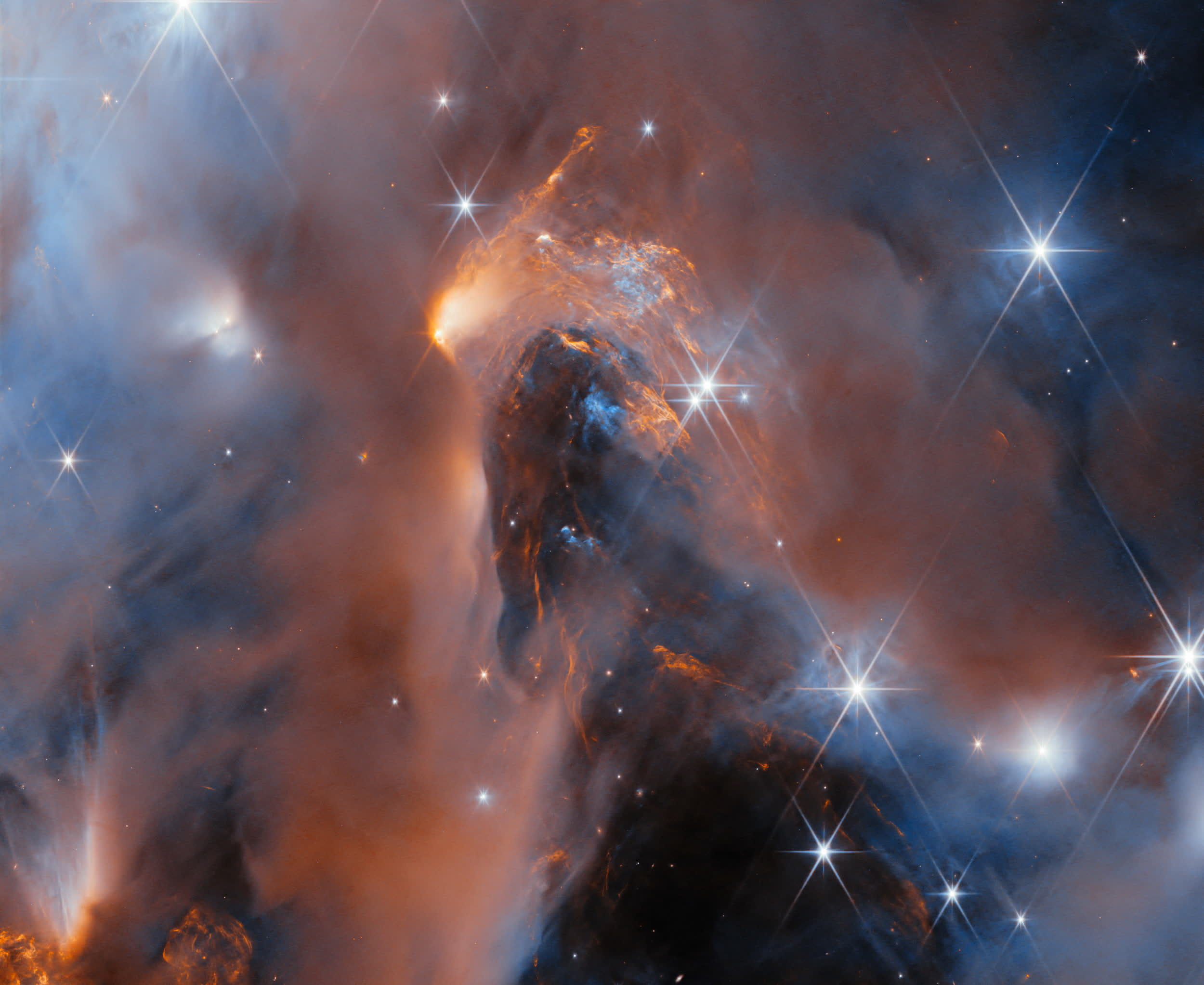Serving tech enthusiasts for over 25 years.
TechSpot means tech analysis and advice you can trust.
Planetary Delights: A rogue planet is an interstellar body with planetary mass that is not gravitationally bound to any "parent" star or star-like object. The exact process by which rogue planets form is still under debate, but recent observations made with the James Webb Space Telescope may help dispel some of the mysteries surrounding these elusive galactic wanderers.
NASA estimates that trillions of rogue planets could be hidden within a single galaxy, including our own Milky Way. A team of researchers at Johns Hopkins University recently discovered six new wandering worlds by focusing the powerful infrared instruments of the James Webb Space Telescope on a young nebula located a thousand light-years away, known as NGC 1333.
The nearby nebula resides in the Perseus constellation and is an active cluster where new stars are being formed. However, the objects spotted by Johns Hopkins scientists aren't stars, even though they may have formed in a similar way. The six rogue planets are "slightly" larger than Jupiter, the researchers explained, and they provide new evidence that the same process that gives birth to stars could also be a common way for planets to form.
"We are probing the very limits of the star forming process," astrophysicist Adam Langeveld noted. "If you have an object that looks like a young Jupiter, is it possible that it could have become a star under the right conditions?"

Stars form when a cloud of gas and dust collapses into a common center of gravity, a process that ultimately ignites nuclear fusion, allowing the star to burn for potentially billions of years. If the original cloud isn't large enough, the resulting object may become a "failed" star, known as a brown dwarf. A failed star is too hot to be considered a planet but isn't massive enough to ignite nuclear fusion.
Planets in "traditional" planetary systems are typically formed from a dust disk surrounding the host star. According to the new study, James Webb observations have now confirmed that planetary-mass objects can also form the same way stars do. No object weighing less than five Jupiter masses was revealed by the telescope, which is considered a "strong indication" that any stellar body lighter than this threshold is more likely to form in the way planets in our solar system did.
The lightest rogue planet discovered by the Johns Hopkins researchers is also the most intriguing. It has an estimated mass of five Jupiters and is surrounded by its own dusty disk. The presence of this disk suggests that the object most likely formed like a star and that it could potentially form other orbiting "mini" planets over time.
According to study co-author Alexander Scholz, the system could be considered a "nursery of a miniature planetary system, on a scale much smaller than our solar system."